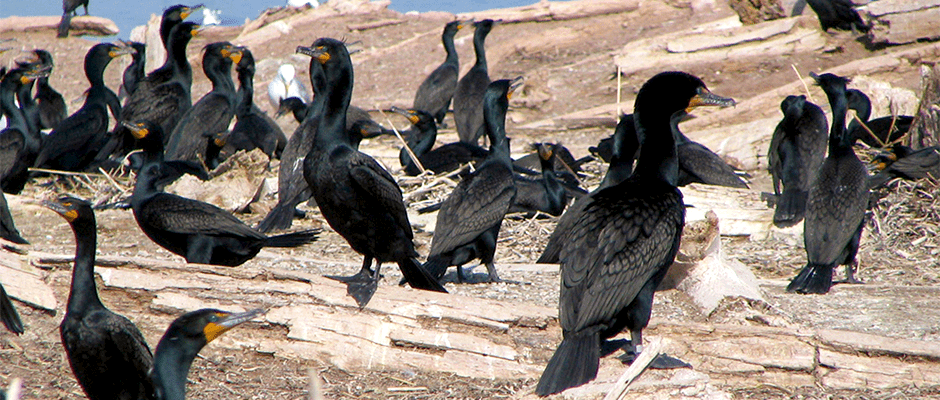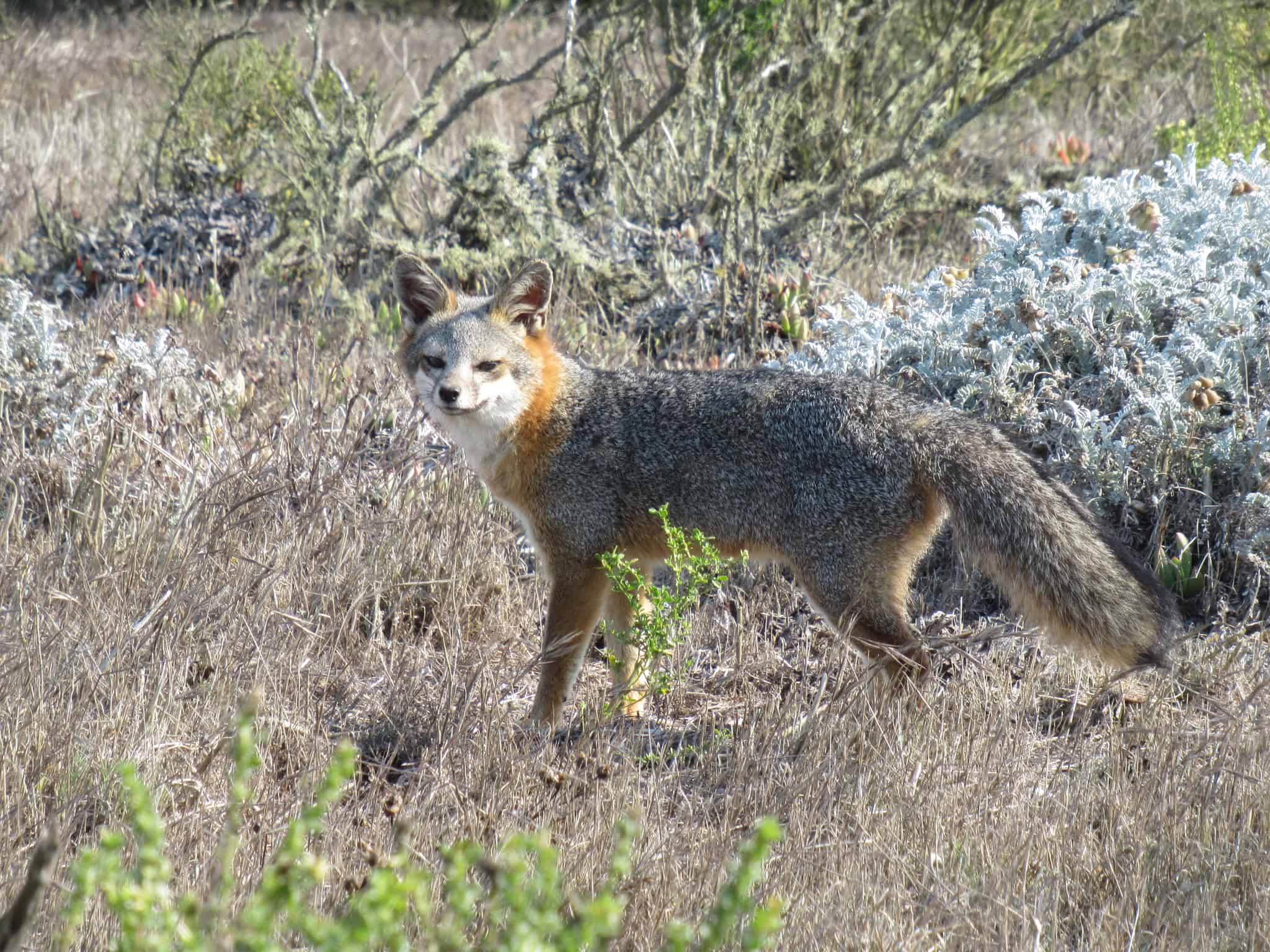Share this article
Ontario proposes cormorant hunting season
Ontario’s Ministry of Natural Resources and Forestry has proposed a hunting season for double-crested cormorants (Phalacrocorax auratus). Provincial management of cormorants varies, with some allowing hunting and other managing the populations through depredation permits or culling.
Double-crested cormorants are native to the Great Lakes region. Populations declined significantly throughout the 1900s due to both unregulated harvesting by humans and environmental contaminants. In the 1970s, with pollution controls and other laws protecting the birds in place, populations rebounded. Recent estimates indicate the current population of double-created cormorants in the United States and Canada is about 730,000 birds.
Cormorants are opportunistic and generalist feeders that consume a great deal of fish, often causing conflict with the fishing industry, recreational anglers and the aquaculture industry. The birds nest in colonies along waterways, where their high densities can have adverse effects on vegetation, stripping trees of leaves and covering surfaces with guano.
Under the ministry’s proposal, the double-crested cormorant would be listed as a game bird and an open season would be established across the province from March 15 to Dec. 31 each year. Hunters would need an outdoors card and small game license to hunt double-crested cormorants. The proposal would also establish a bag limit of 50 cormorants a day, with no possession limit.
Since Ontario’s Fish and Wildlife Conservation Act currently prohibits hunters from allowing animals they harvest to spoil, the Ministry is also considering a proposal that would amend the act to allow spoilage of cormorants, so that hunters would not have to retrieve and dispose of the dead birds.
In the U.S., cormorants are managed under the Migratory Bird Treaty Act, and can only be killed with authorization from the U.S. Fish and Wildlife Service. The Service provides depredation permits to individuals, private organizations, and other agencies on a case-by-case basis for the lethal control of problem birds. It can also issue a broader depredation order, which establishes conditions under which specified entities or individuals can take a protected species without a depredation permit.
U.S. federal courts have debated cormorant management in the past few years. A 2016 decision invalidated the existing depredation orders issued by the USFWS, valid in 24 states, and called on the agency to more deeply consider their effects. Culls continued in other states under separate permitting agreements. The Service is working to develop new rules for cormorant management.
A handful of bills dealing with cormorant management were introduced in Congress over the last two years, but only one advanced out of committee. In June, the House Natural Resources Committee had a field hearing to discuss the challenges raised by growing cormorant populations. Following up on that discussion, the committee passed the “Cormorant Relief Act,” H.R. 6302, in October, which would codify USFWS’s proposed management measures. The bill has not been voted on by the full House, and it is unlikely to advance in the last days of congressional action this month.
The Ontario Ministry of Natural Resources and Forestry is accepting comments on its proposal until Jan. 3.
Header Image: Cormorants nest in colonies along waterways, and they often have significant impacts on the landscape. ©USFWS








